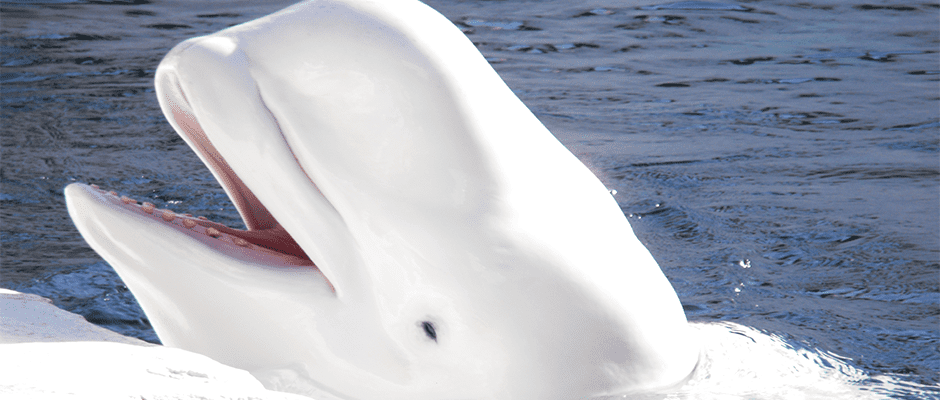Share this article
WSB: Industry surveys can aid beluga whale research
As funding is harder and harder to find for wildlife researchers, some are searching for novel ways to conduct their studies.
In a new study published in the Wildlife Society Bulletin, a research team found that the aerial surveys that energy companies use to mitigate offshore exploration’s impacts on marine mammals could also further scientific research into beluga whales (Delphinapterus leucas).
“Because survey funding has gone down, we were interested in if and how these marine mammal mitigation programs and the information they collect could be used to augment scientific surveys,” said lead author Nathan Wolf, an assistant professor at Alaska Pacific University and principal researcher in its Fisheries, Aquatic Science and Technology lab.
In their study, Wolf and his colleagues looked at aerial survey data in the Cook Inlet of Alaska where the beluga whale population is isolated from other stocks of whales. “Because of reproductive isolation and anthropogenic and environmental factors, its numbers have been a concern for managers for quite some time,” Wolf said.
The team was able to develop intra-annual movement data from the industry surveys, confirming that beluga whale densities peaked in the Cook Inlet in late June to early July. They also found the whales’ presence coincided with the seasonal availability of prey, such as eulachon (Thaleichthys pacificus), Pacific salmon (Oncorhynchus spp.) and gadids (Gadidae spp.).
But Wolf said the study also pointed to some important differences between how mitigation surveys are conducted compared to scientific surveys. One of the main differences, he said, is the lack of detection probability assessment in the mitigation surveys. The mitigation surveys took note of when a whale was detected, but they didn’t assess the probability of detecting a whale that was present. “It’s one of the hurdles in adoption of these surveys into the management world,” he said.
Wolf suggests that there may be an opportunity for the National Oceanic and Atmospheric Administration, which requires energy companies to mitigate their impacts, to work with companies to add detection probability and other scientific aspects to their surveys to make them more useful for research and management.
“The surveys could serve a scientific function in addition to a mitigation function,” he said. “It’s a slight bit more collaboration, but perhaps we could use them to augment information for the federal biologists, because unfortunately funding has gone away. Right now, surveys are conducted to avoid harming marine mammals instead of collecting data. It’s not too far a step actually to be able to do both.”
TWS members can log in to Your Membership to read this paper in the Wildlife Society Bulletin. Go to Publications and then Wildlife Society Bulletin.
Header Image: Mitigation survey information for beluga whales can help scientists collect data. ©Tiffany Terry








